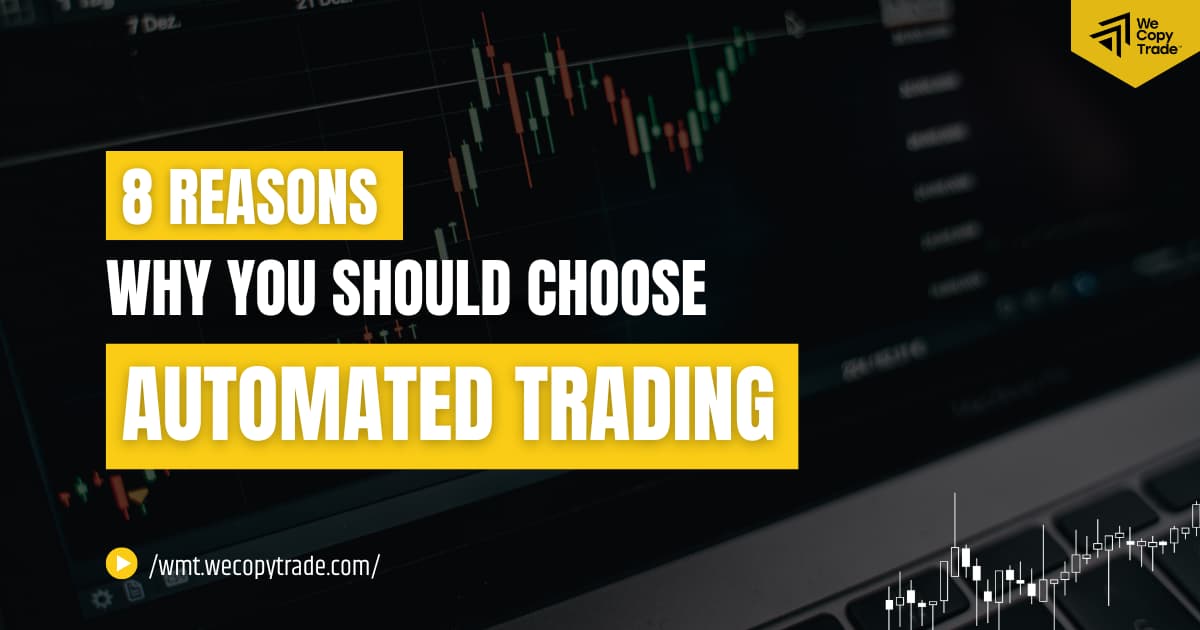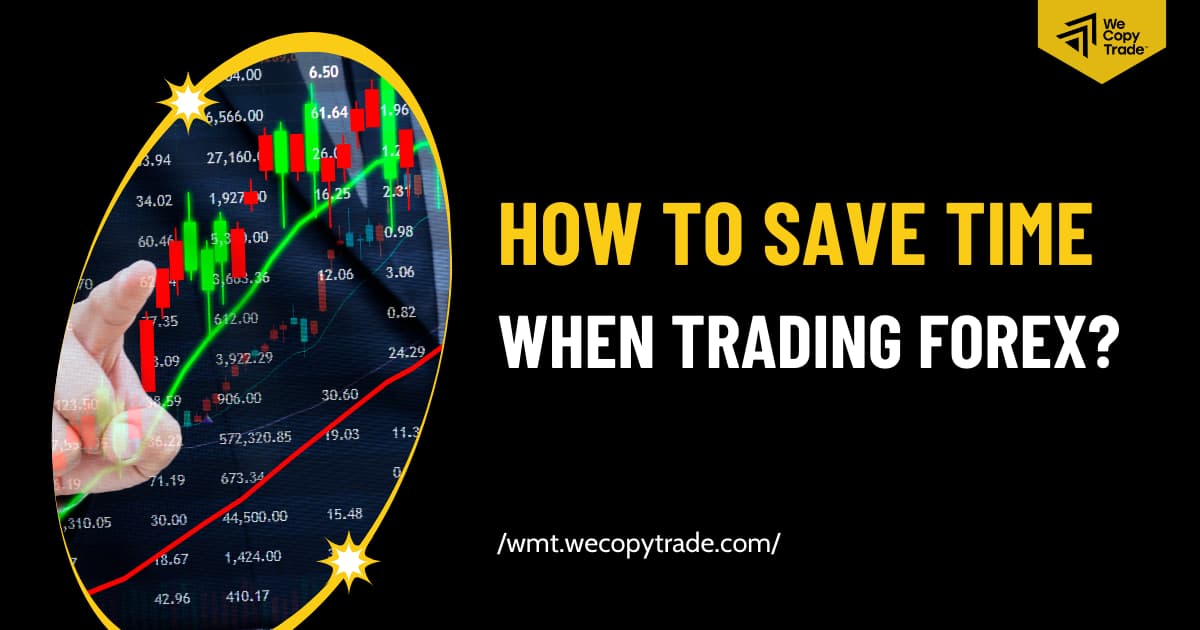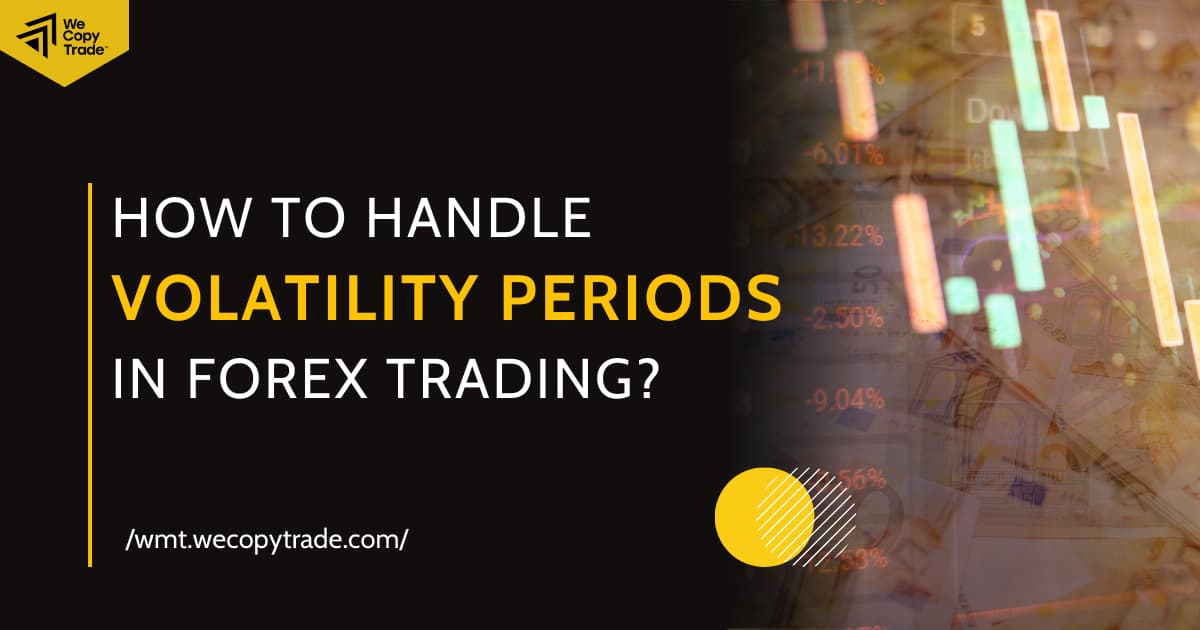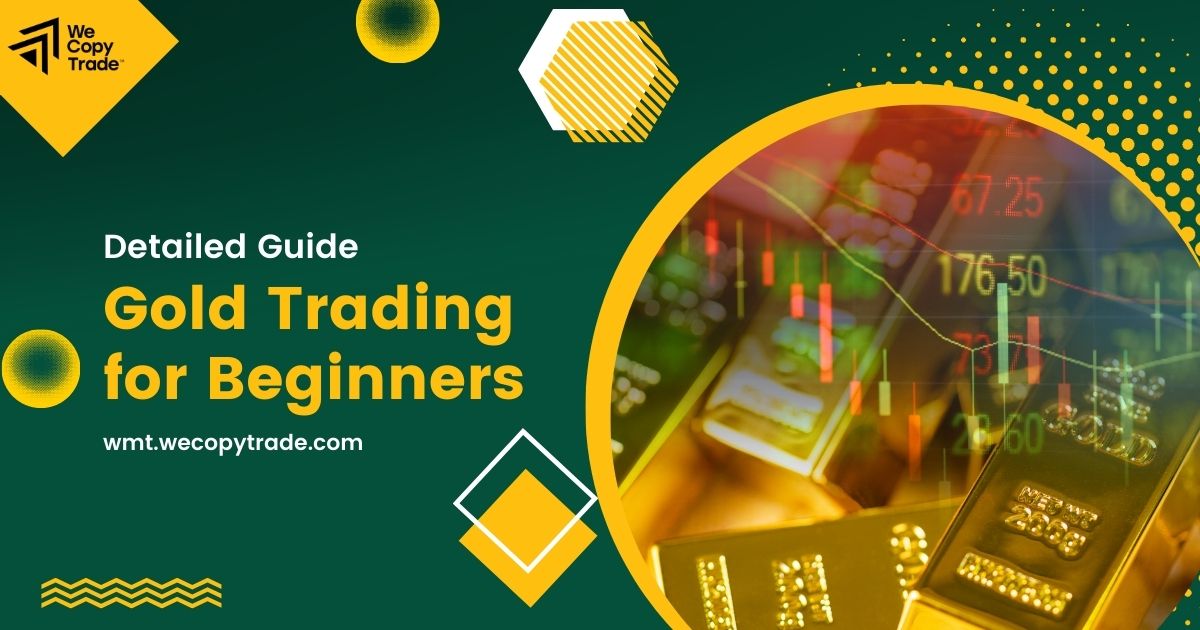
Gold trading is a captivating and lucrative investment opportunity that has captivated traders for centuries. This comprehensive guide delves into the history, strategies, and nuances of gold trading, providing a solid foundation for both novice and seasoned traders alike.
The History and Evolution of Gold Trading
Ancient Civilizations
Gold’s allure has captivated humanity for millennia. Its beauty, permanence, and scarcity rendered it a valuable commodity, used as currency, ornamentation, and in religious practices. Ancient civilizations like Egypt, Mesopotamia, and India developed sophisticated gold trading systems.
Medieval and Renaissance Periods
Gold trading gained further prominence in the Middle Ages and Renaissance. The introduction of gold coins and bullion facilitated commerce and international trade. Goldsmiths played a crucial role in refining and shaping gold for various purposes.
18th-20th Centuries
Technological advancements in mining and refining led to a surge in gold supply. The 19th century witnessed the establishment of gold standards, with nations pegging their currencies to the value of gold. This period also saw the rise of London as a global gold trading hub.
Bretton Woods System
After World War II, the Bretton Woods System established a fixed gold-dollar peg, bolstering the global economy. However, the system collapsed in the 1970s due to inflationary pressures and the surge in gold prices.
Modern Era
Modern gold trading has evolved immensely, with the advent of financial instruments and derivatives. Investors can now trade gold through spot, futures, and options markets, allowing for speculation and hedging strategies. Technological advancements have also enhanced market efficiency and liquidity.
Understanding Gold Markets and Trading Strategies

Types of Gold Markets
Spot Market: This is where physical gold is bought and sold for immediate delivery, usually within two business days. It’s like buying any other good – you pay the agreed price and receive the gold right away. The spot market is the largest market for gold, and it plays a crucial role in determining the overall price of gold globally. London is the world’s leading center for spot gold trading, but other major hubs exist.
Futures Market: Unlike the spot market, futures contracts deal with agreements to buy or sell gold at a specific price on a predetermined future date. This allows investors to hedge against price fluctuations or speculate on future gold prices. Major futures exchanges like the CME Group in Chicago offer gold futures contracts.
Options Market: Here, investors purchase contracts that give them the right, but not the obligation, to buy or sell gold at a certain price by a certain time. This offers a way to manage risk or potentially profit from price movements without directly buying or selling physical gold. Options markets often work in conjunction with futures markets.
Trading Strategies
Long vs. Short: For long trade, buying an asset with the expectation that its price will rise. The trader profits if the asset price increases.
Scalping: Taking many small profits from small price changes throughout the day. A scalper holds positions for only a few minutes or even seconds before closing out. Works best with active, liquid markets.
Trend Trading: Riding the trend by identifying the direction of a security’s price movements over time and entering positions in the direction of that trend. Traders aim to profit from the continuation of existing trends. Works best in strongly trending markets.
Range Trading: Buying and selling within a predictable price range or channel. Range traders aim to profit from price bouncing between upper and lower limits. Works best in markets that are consolidating or moving sideways between identifiable support and resistance levels. Positions are held for minutes to hours rather than days to weeks.
Read more: How to Trade Gold: Best Strategies and Tips
Essential Factors Influencing Gold Prices and Trading
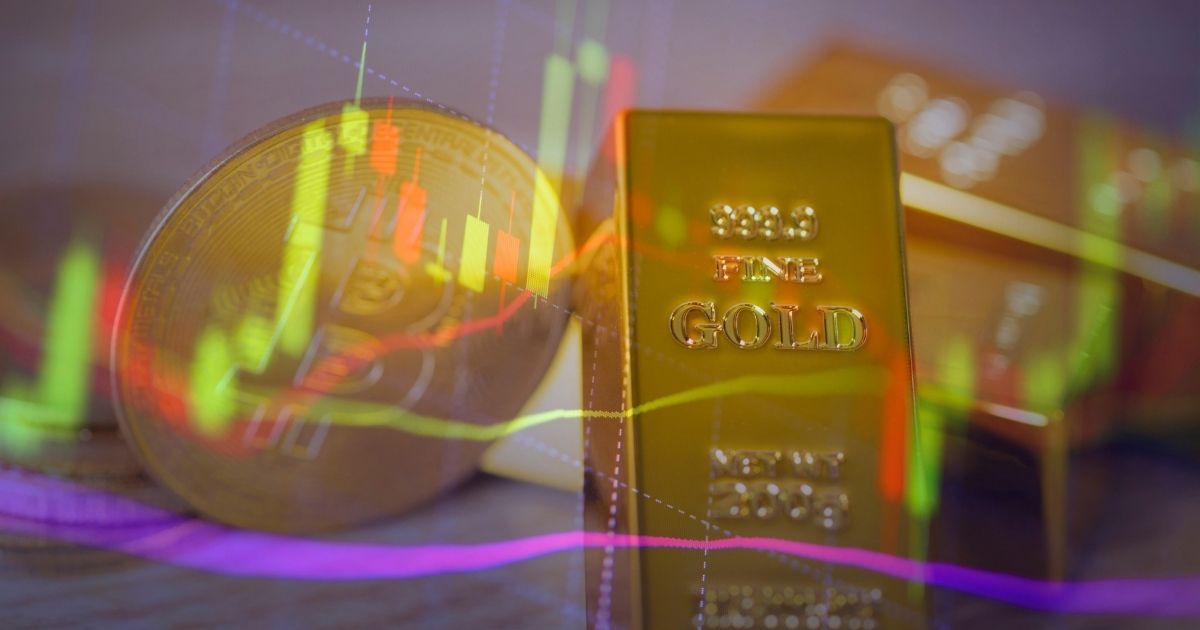
Economic Indicators
Inflation: Gold is often considered a hedge against inflation, as its value tends to rise when the value of currency declines.
Interest Rates: Rising interest rates can trigger a decline in gold prices, as they increase the opportunity cost of holding non-interest-bearing assets.
Economic Growth: Strong economic growth can lead to increased demand for gold as an investment asset.
Global Events
Geopolitical Uncertainty: Political instability or conflicts can boost gold prices as investors seek safe-haven assets.
Currency Fluctuations: Gold prices are influenced by fluctuations in major currencies, particularly the US dollar.
Supply and Demand Patterns
Mine Production: Changes in global gold mining output can significantly impact supply and prices.
Central Bank Holdings: Large-scale gold purchases or sales by central banks can disrupt supply and demand dynamics.
Jewelry Demand: Gold’s popularity in jewelry making influences its demand and prices, especially in countries like India and China.
Tools and Techniques for Successful Gold Trading
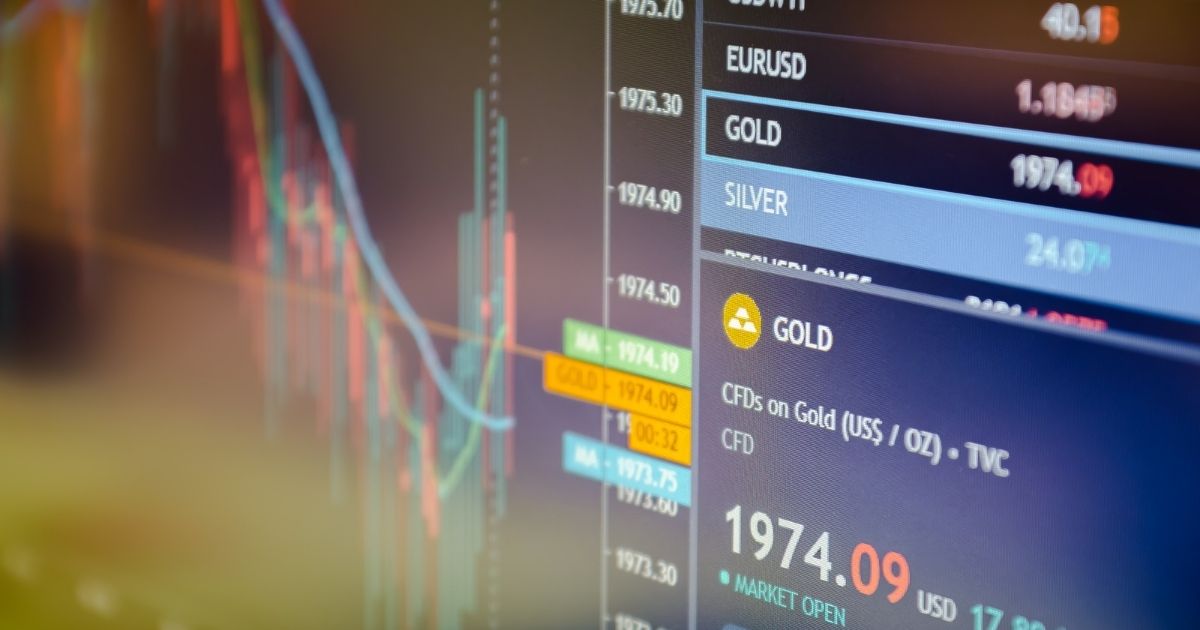
Technical Analysis
Chart Patterns: Identifying recurring price patterns on gold charts can provide insights into potential price movements.
Technical Indicators: Oscillators, moving averages, and Bollinger Bands are used to analyze market trends and identify potential trading signals.
Fundamental Analysis
Economic Data: Monitoring economic indicators like GDP, unemployment, and inflation can help traders understand the factors influencing gold prices.
News and Events: Keeping abreast of global news and events can alert traders to potential market-moving factors.
Risk Management
Stop-Loss Orders: These orders automatically close trades at predefined price levels to limit potential losses.
Position Sizing: Traders should carefully allocate their capital and avoid overexposing themselves to market risks.
Hedging Strategies: Combining gold trades with other investments can help diversify portfolio risk and reduce exposure to adverse market conditions.
Risks and Rewards Associated with Gold Trading
Rewards
Capital Appreciation: Gold has historically performed well as an investment, providing long-term capital appreciation.
Diversification: Gold’s low correlation to other asset classes makes it a valuable portfolio diversifier.
Preservation of Wealth: During periods of economic and financial uncertainty, gold can serve as a hedge against inflation and market downturns.
Risks
Volatility: Gold prices are inherently volatile and can experience significant fluctuations in value.
Liquidity Risk: While gold is a highly liquid asset, it may be subject to liquidity constraints in times of market turmoil.
Counterparty Risk: Trading gold through intermediaries introduces counterparty risk, which refers to the potential inability of a broker or exchange to fulfill its obligations.
Gold Trading for Beginners: A Comprehensive Guide
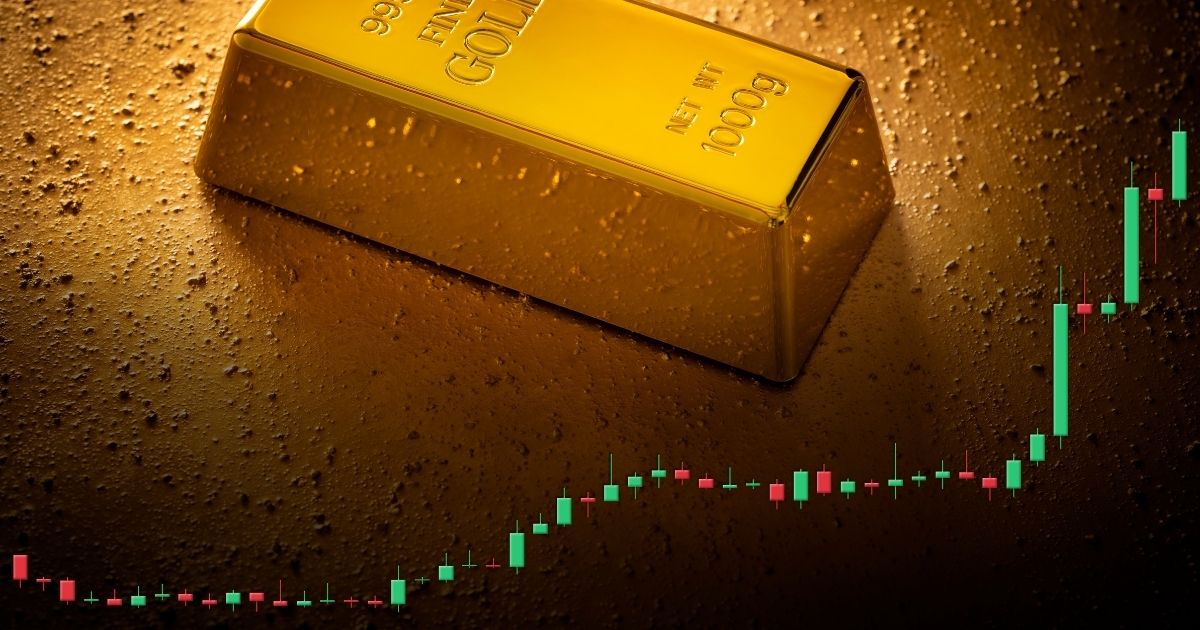
Getting Started
Open a Trading Account: Choose a reputable broker that offers gold trading services and meets your needs.
Educate Yourself: Familiarize yourself with gold markets, trading strategies, and risk management techniques.
Start with Small Trades: Begin with small trade sizes to minimize potential losses until you gain more experience.
Strategies for Beginners
Trend Following: Identify and trade with established market trends using technical analysis.
Range Trading: Look for opportunities to buy or sell gold within defined price ranges.
Copy Trading: Follow the trades of experienced traders using copy trade platforms.
Advanced Gold Trading Strategies for Seasoned Traders
Hedging with Gold Options: Utilize options to hedge against gold price fluctuations in both bull and bear markets.
Arbitrage Trading: Capitalize on price discrepancies between different gold markets, such as spot and futures.
High-Frequency Trading (HFT): Employ sophisticated algorithms and technology for rapid-fire gold trades.
Gold Trading in a Digital Age: Emerging Trends and Technologies
Blockchain and Cryptocurrency Integration: The integration of blockchain technology and cryptocurrencies is transforming gold trading by offering transparency, traceability, and new investment opportunities.
Artificial Intelligence (AI) and Machine Learning: AI and machine learning algorithms are aiding traders in market analysis, trade execution, and risk management.
Digital Gold: The advent of digital gold platforms allows investors to trade gold without the need for physical storage.
Regulatory and Legal Aspects of Gold Trading
Regulatory Framework: Gold trading is subject to regulations by government agencies to ensure market transparency, prevent fraud, and protect investors.
Anti-Money Laundering (AML) and Know Your Customer (KYC): Brokers must adhere to AML and KYC regulations to prevent illicit activities.
Taxation: Gold trading gains are subject to taxation in most jurisdictions.
The Future of Gold Trading: Predictions and Market Outlook
Long-Term Outlook: Gold is expected to retain its allure as a safe-haven asset and inflation hedge in the long run.
Technological Disruptions: Advancements in blockchain and digital technologies will likely continue to reshape gold trading.
Central Bank Demand: Central banks are likely to remain significant players in the gold market, contributing to supply and demand dynamics.
Conclusion
Gold trading presents a multifaceted opportunity for investors seeking potential capital appreciation and risk diversification. By understanding the history, strategies, tools, risks, and emerging trends associated with gold trading, both beginners and seasoned traders can navigate this dynamic market and make informed investment decisions. However, it is crucial to approach gold trading with a well-informed strategy and a disciplined approach to risk management in order to maximize potential returns and mitigate potential losses.
Check out more trading tips on WeMasterTrade Blog.


